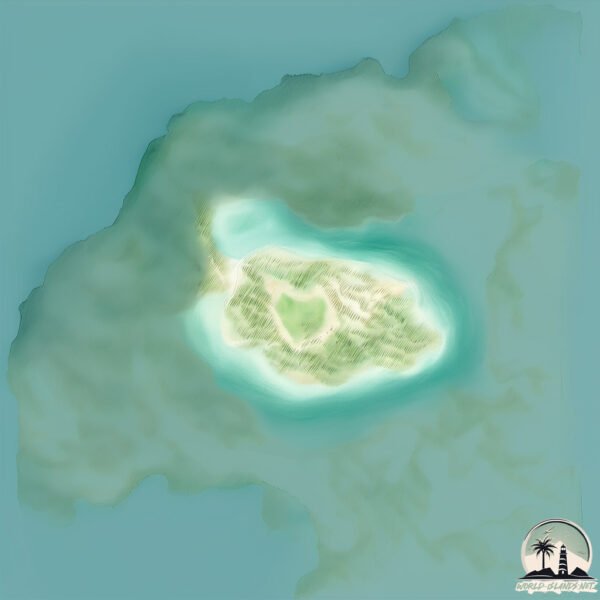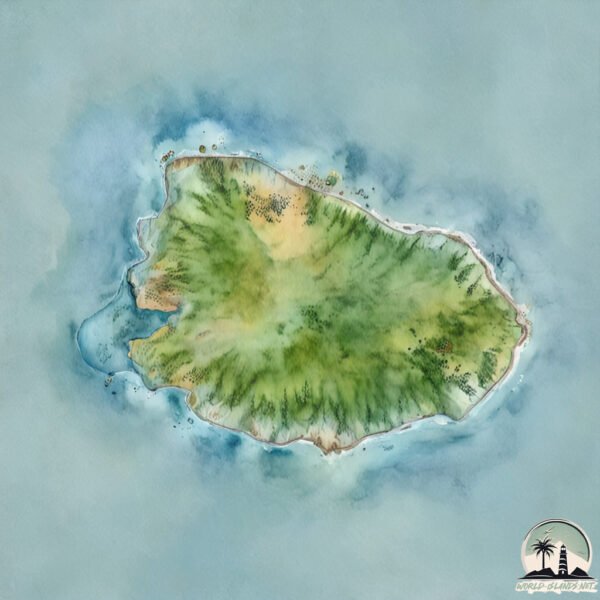Pirotan Island


Welcome to Pirotan Island, a Dry island in the Arabian Sea, part of the majestic Indian Ocean. This guide offers a comprehensive overview of what makes Pirotan Island unique – from its geography and climate to its population, infrastructure, and beyond. Dive into the details:
- Geography and Size: Explore the island’s size and location.
- Climate and Weather: Weather patterns and temperature.
- Topography and Nature: Uncover the natural wonders of the island.
- Infrastructure and Travelling: Insights on reaching, staying, and making the most of your visit.
- News and Headlines: Latest News.
Geography and size of Pirotan Island
Size: 2.263 km²
Coastline: 6.6 km
Ocean: Indian Ocean
Sea: Arabian Sea
Continent: Asia
Pirotan Island is a Small Island spanning 2.3 km² with a coastline of 6.6 km.
Archipel: –
Tectonic Plate: India – A major tectonic plate that initially moved northward at a rapid pace before colliding with the Eurasian Plate. This collision is responsible for the uplift of the Himalayas and the Tibetan Plateau.
The geographic heart of the island is pinpointed at these coordinates:
Latitude: 22.60071454 / Longitude: 69.95394827
Climate and weather of Pirotan Island
Climate Zone: Dry
Climate Details: Hot Semi-Arid (Steppe) Climate
Temperature: Hot
Climate Characteristics: Features hot summers and mild to warm winters. Receives more rainfall than hot deserts but less than tropical savannas, leading to a somewhat more varied landscape.
Topography and nature of Pirotan Island
Timezone: UTC+05:30
Timezone places: Asia/Kolkata
Max. Elevation: 1 m
Mean Elevation: 1 m
Vegetation: Agricultural Mosaic
Tree Coverage: 24%
The mean elevation is 1 m. The highest elevation on the island reaches approximately 1 meters above sea level. The island is characterized by Plains: Flat, low-lying lands characterized by a maximum elevation of up to 200 meters. On islands, plains are typically coastal lowlands or central flat areas.
Dominating Vegetation: Agricultural Mosaic
A mix of cropland and natural vegetation, often seen in rural landscapes where agricultural fields are interspersed with patches of natural habitats. Pirotan Island has a tree cover of 24 %.
Vegetation: 2 vegetation zones – Low Diversity Island
Islands with two distinct vegetation zones offer slightly more ecological variety. These zones could be due to differences in elevation, moisture, or other environmental factors. While still limited in biodiversity, these islands may offer a contrast between the two zones, such as a coastline with mangroves and an inland area with grassland.
Infrastructure and Travelling to Pirotan Island
Does the island have a public airport? no.
There is no public and scheduled airport on Pirotan Island. The nearest airport is Jamnagar Airport, located 16 km away.
Does the island have a major port? no.
There are no major ports on Pirotan Island. The closest major port is BEDI, approximately 12 km away.
The mean population of Pirotan Island is 754 per km². Pirotan Island is Densely Populated. The island belongs to India.
Continuing your journey, Jindra Bet is the next notable island, situated merely km away.
PIROTAN ISLAND (TAPU) TRIP



India is classified as Emerging region: BRIC: Brazil, Russia, India, and China – Economies noted for their rapid growth and increasing influence on global affairs. The level of income is Lower middle income.
News – Latest Updates and Headlines from Pirotan Island
Stay informed with the most recent news and important headlines from Pirotan Island. Here’s a roundup of the latest developments.
Please note: The data used here has been primarily extracted from satellite readings. Deviations from exact values may occur, particularly regarding the height of elevations and population density. Land area and coastline measurements refer to average values at mean high tide.
